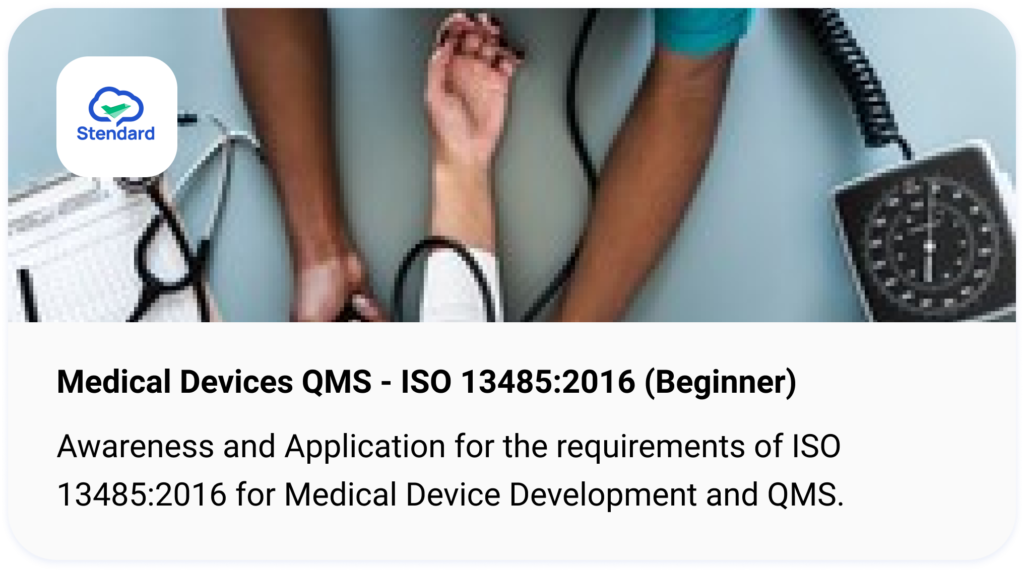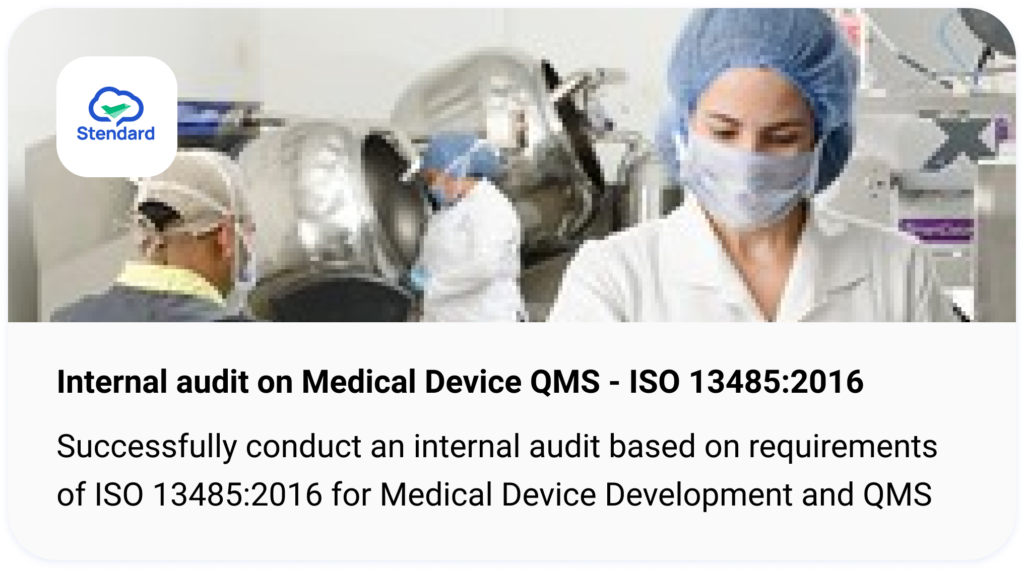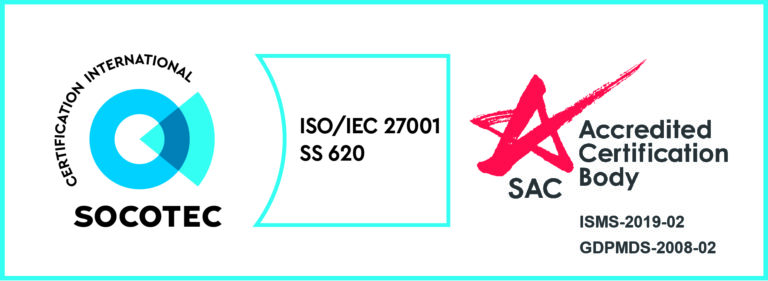This is a guest post by Caroline Jung of MT Promedt Consulting GmbH from Germany, a partner of Stendard.
As a 6-part series, we will be sharing more about the new European standard – Medical Device Regulation (MDR), of the changes in regulatory requirements to be met.
After more than four years of negotiations, on May 25th, 2017 Regulation (EU) 2017/745 of the European Parliament and of the Council on medical devices, the Medical Device Regulation (MDR), entered into force. From 26 May 2020 medical devices must comply with the requirements of the new MDR.
Be sure you are prepared and ready to comply with the details of the new regulation! We will be elaborating on these details in a series of articles which will address major elements of the new regulation.
Implementation of the MDR has been a cause of concern because it presents manufacturers, other economic operators such as authorised representatives, importers and distributors, as well as notified bodies and competent authorities, with considerable challenges in practical implementation.
For one, medical device manufacturers and European Authorized Representatives must appoint a Person Responsible for Regulatory Compliance (PRRC) in the company, who must have qualified expertise in the field of medical devices.
Let us dive a little deeper into the details of the MDR. Besides specific legal requirements for a Quality Management System, it also provides:
- additional product classification rules,
- new General Safety and Performance requirements for the products,
- structured and detailed requirements for the content of technical documentation,
- revised Conformity Assessment procedures to be performed by each manufacturer.
Clinical data
Clinical evaluations and clinical investigations are to be regulated and prescribed in greater details. MDR is more specific with regards to the type and quality of clinical data. Annex I requires an “evaluation of the undesirable side-effects and of the acceptability of the benefit-risk-ratio to be based on clinical data providing “sufficient clinical evidence” including, where applicable, relevant Post Market Surveillance (PMS) data. We would also expect a definition of the term “sufficient clinical evidence” to be provided by the EU Commission.
The need for access to clinical data requires a much closer cooperation with your distributors and importers. Both importers and distributors face specific obligations described in the law.
Be careful and discuss this with your Notified Body, as one of the hottest topics in the MDR is the post-market data to be collected as part of the now more important PMS process. The PMS process outlines new reporting obligations and must include Post-Market Clinical Follow up (PMCF). Furthermore, it is linked to the vigilance process which includes trend analysis.
The new EUDAMED database
A central element of the new MDR is the registration database system as part of the new EUDAMED database which is still in preparation. The EUDAMED database will be accessible for Economic operators, Notified Bodies, Competent Authorities and – to some limited extend – for the public. It is expected that the EUDAMED system should go live early next year.
Traceability and transparency is ensured, given new registration requirements for manufacturers, importers and Authorized Representatives prior to the placing of the medical devices on the EU market. Each product will be identified by a unique device identification (UDI) which shall appear on the product label.
The consequences currently emerging include a significant increase in documentation requirements for manufacturers of medical devices. Due to these changes, it is necessary to get intensively familiar with these requirements.
Our upcoming articles should help you to work through the details and will therefore focus on various sections of the MDR.
Following articles in our series would include information on:
- New requirements specific for manufacturers (eg. timelines, certification)
- The role and interaction of the other economic operators involved: PRRC; EAR; distributors etc.
- Details for documentation required (includes technical documentation, post-market surveillance, conformity assessment, clinical-related checks, etc.)




